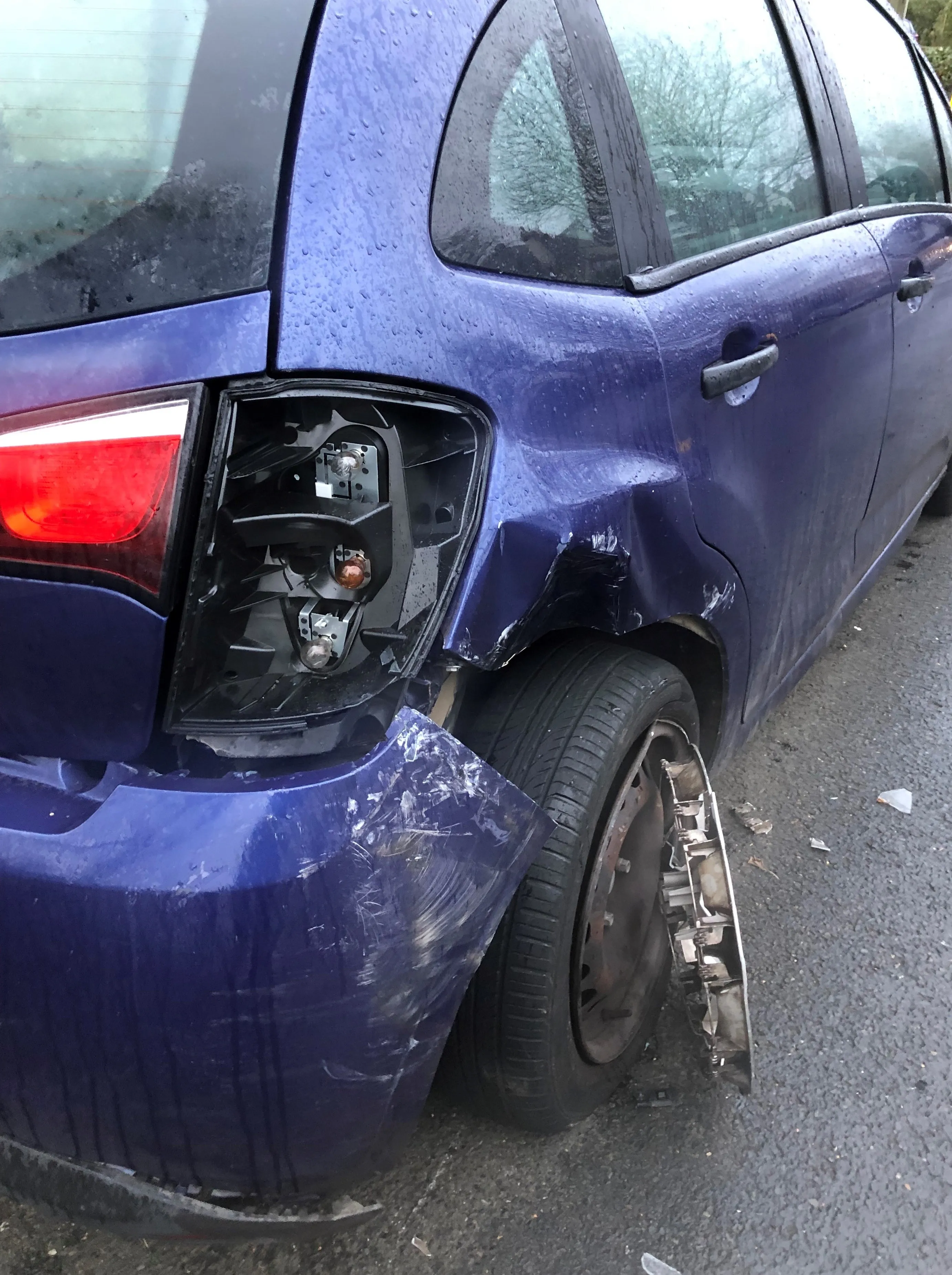
The problem is particularly acute in the developing world, where increasing vehicle numbers combine with poor levels of driver training, enforcement and road infrastructure quality to result in horrific casualty rates. Developing countries cannot afford the long term economic damage this causes, as well as the immense burden of the human toll.
Worse still, the crash rate is storing up serious problems for the future in the developing world. The WHO Global Road Status Report highlights that road traffic injuries are now the leading killer of children and young people aged 5-29 years.
The report reveals that, “…road safety efforts in some middle- and high-income countries have mitigated the situation.” And that, “…these measures have contributed to reductions in road traffic deaths in 48 middle- and high-income countries.”
Sadly, “…not a single low-income country has demonstrated a reduction in overall deaths, in large part because these measures are lacking. In fact, the risk of a road traffic death remains three times higher in low-income countries than in high-income countries.”
Africa is the continent with the highest average rate of road deaths at 26.6/100,000 of population. Meanwhile the average road death rate in Europe is 9.3/100,000 of population. Safety gains have been seen in the America, Europe and the Western Pacific nations.
Vulnerable road users are at greatest risk in the developing world. In Africa, pedestrian fatalities account for 44% of all road deaths. In Asia meanwhile, deaths amongst powered two wheeler users account for 43% of all road fatalities. In the latter instance, the lack of helmet use amongst riders is a key factor for road deaths. Seatbelt use is another key problem in a large number of countries, with many vehicle occupants proving reluctant to use this most simple and yet highly effective safety measure. There is concern too at the safety standards of many vehicles sold in the developing world. Many of the vehicles available in developing markets lack basic safety features, such as airbags for example, which are required as standard for similar models sold in Europe or the US.
Driving under the influence of drink or drugs also remains a major issue in many countries. Even some developed nations, like the US, score poorly on DUI. And issues such as distracted driving, and mobile phone use at the wheel in particular, continue to give rise to concern in both developed and developing nations.








